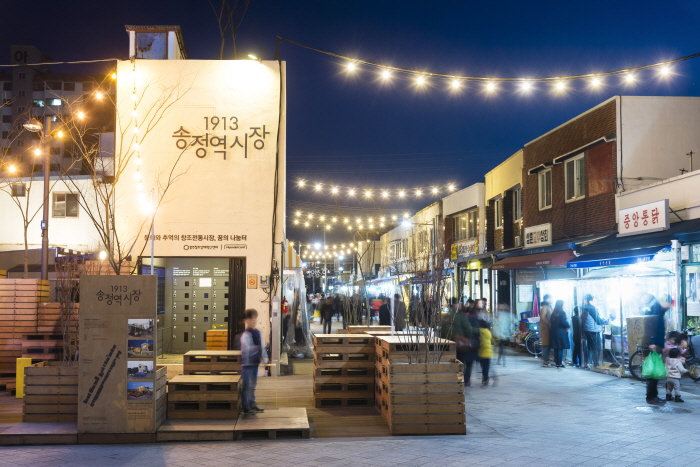Download for Map: Tasty Gwangju / Gwangju Highlights
1913 Songjeong Station Market
| Songjeong Station Market is quite a unique place where you can experience the analogue style of a bygone era, as the area has been remodeled and returned to how it appeared in 1913. Recently, the area has grown in popularity after being featured on numerous TV shows; although the area is small, the high concentration of great restaurants in the area means this is a top recommendation for all visitors to the city. |
Mudeung Mountain
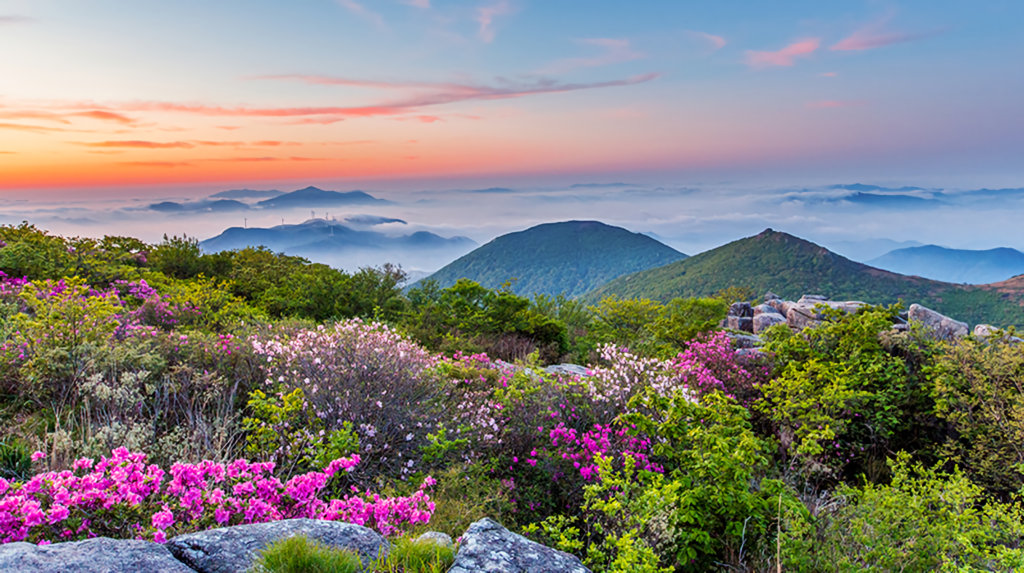
The spirit of the southern region shines through Mt. Mudeung, a mountain 1,187m above sea level, displaying various faces as the seasons change. Royal azaleas and azalea blossoms of light pink in spring and the fresh flowing water of the valley streams in summer attract people who are weary of city life. Beautiful plants in great abundance in the fall and snowflakes in winter create a scene from an enchanting oriental painting.
Yangnim-dong History and Culture Vilage
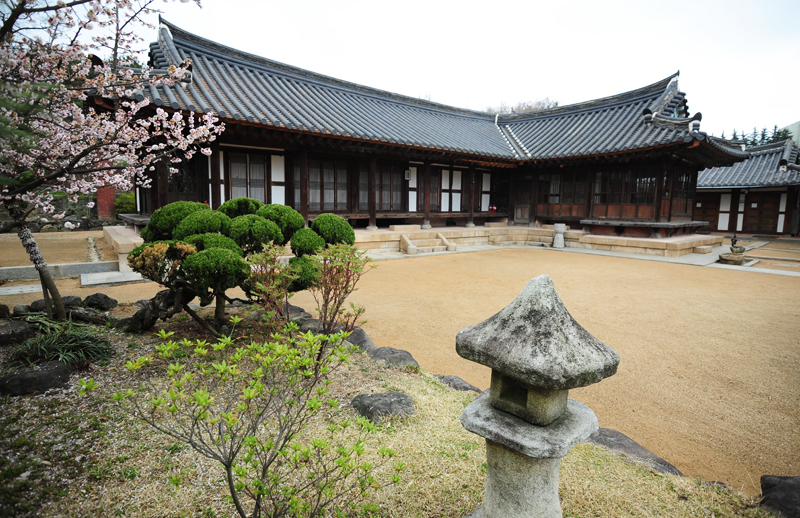
| Yangnim-dong is well-known for its 100 years of history. The area was the first in Gwangju to have a western-style house, built by a western missionary, and it is here that you can find the unique facade of western-style buildings built Korean traditional houses. |
Asia Culture Center
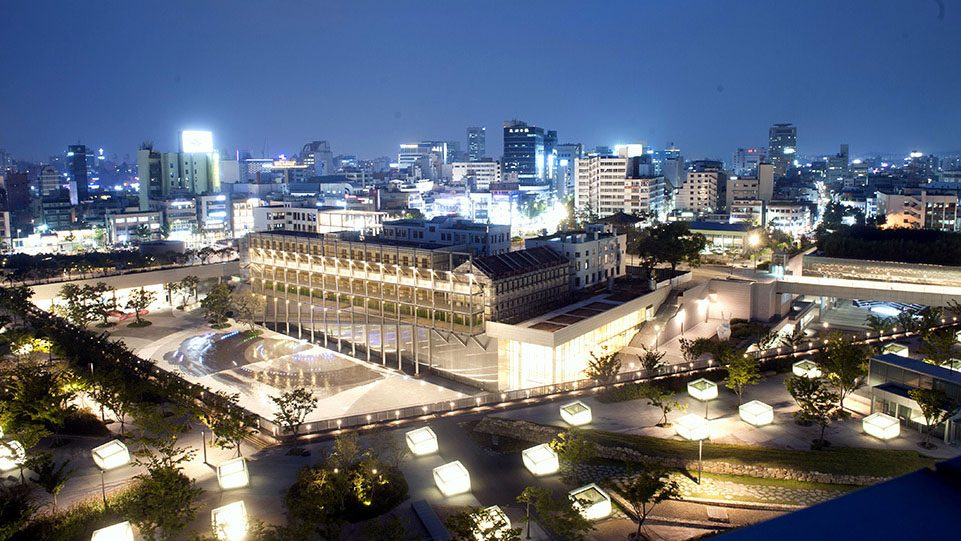
The Asian Culture Center is the jewel in Gwangju’s art and culture crown. Based on a conceptual plan by South Korean architect Woo Kyu Sung called Forrest of Light, the building is meant to be flooded by natural light by day, while illuminating the surrounding grounds by night. Hoursing in 2015, the ACC is expected to collaborate with artists, programs, cultural events and festivals across the nation to become a hub of Asian culture by 2023. Major Facilities (5 divisions) : ACC Culture Exchange, Archive Research, Creation, Theater, Children
Jeungsimsa (Temple)
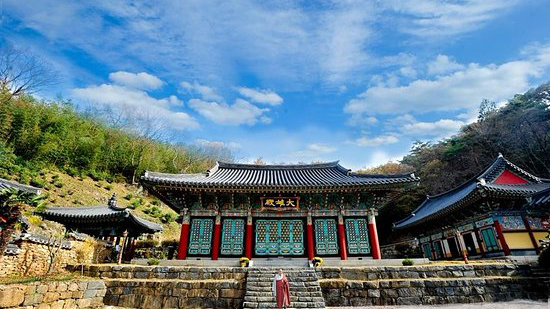
| Mudeungsan National Park is Gwangju’s signature mountain, and is in fact known as Mother’s Mountain in Gwangju due to its gentle nature. Recently, there has been an increase in people visiting the mountain not only for hiking, but for art appreciation. Also of note are the numerous cafes that can be found at the Jeungsimsa Temple Entrance area, which have become popular as dating spots. |
Damyang – Juknokwon
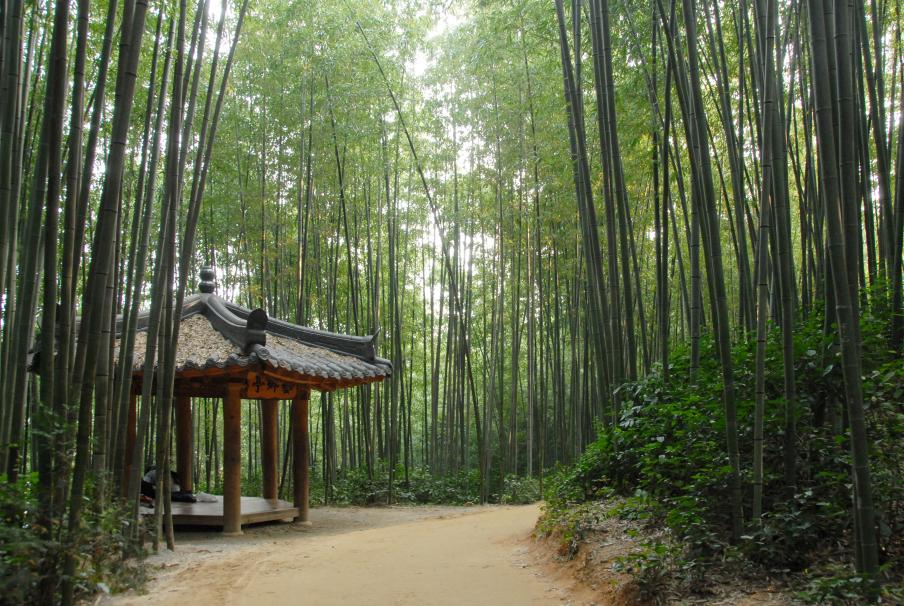
Juknokwon in Damyang is a bamboo forest cultivated by the town of Damyang. Seonginsan Mountain behind Damyang Hyanggyo (Confucian school) was transformed into Juknokwon Bamboo Garden featuring a beautiful artificial waterfall, pavilion, walking paths and an eco-exhibition center, a popular destination for visitors. It takes about an hour to tour around the entire garden and to enjoy night walks, the lights are turned on in the evenings in the bamboo forest.
